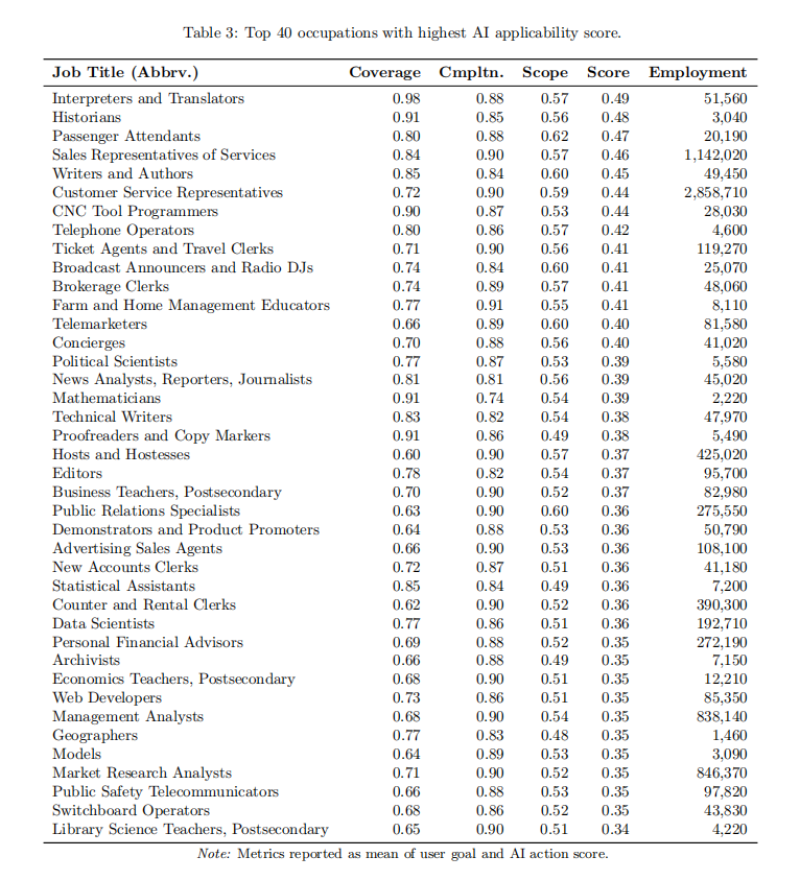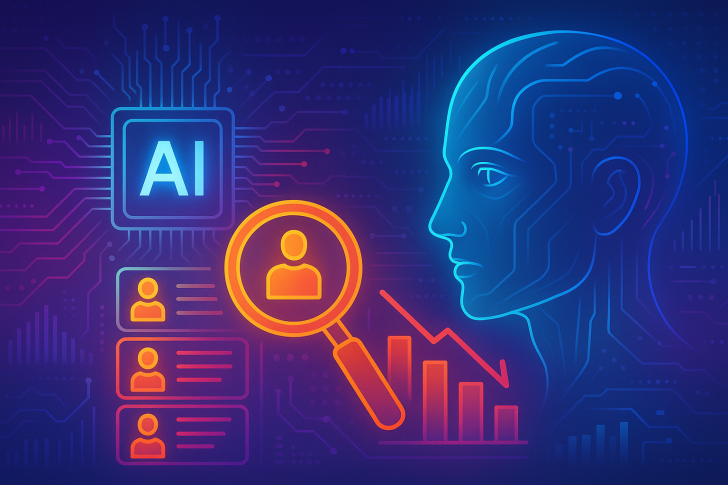● A Microsoft study has identified the occupations most vulnerable to AI automation. According to Gina Acosta, the research ranks jobs by AI exposure using metrics like coverage, completion, and scope. High-risk roles include interpreters (0.98 coverage), historians (0.91), writers (0.85), editors (0.78), and technical writers (0.83). Jobs involving information synthesis, pattern recognition, and structured analysis show the highest vulnerability, while roles requiring physical presence or complex interpersonal skills remain safer.

● The findings fuel ongoing policy debates about adapting tax systems to automation. Proposed measures include taxing automated workflows or incentivizing worker retraining programs. Critics warn that poorly designed taxes could hurt small businesses and push workers out of shrinking fields without clear pathways to new opportunities.
● The study gives policymakers, employers, and workers a clearer picture of which jobs face disruption as AI advances. Success will depend on creating policies that encourage innovation while supporting the most exposed industries and workers.
 Eseandre Mordi
Eseandre Mordi

 Eseandre Mordi
Eseandre Mordi


